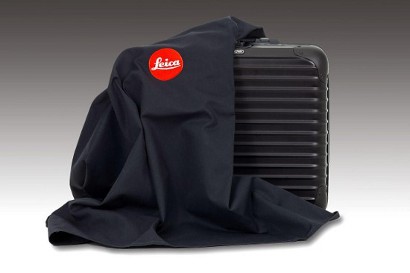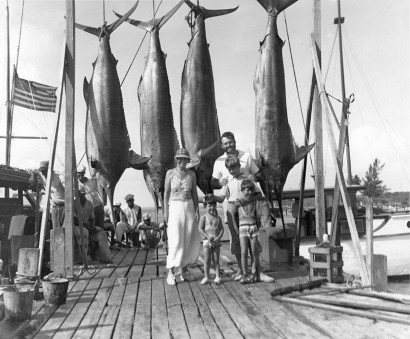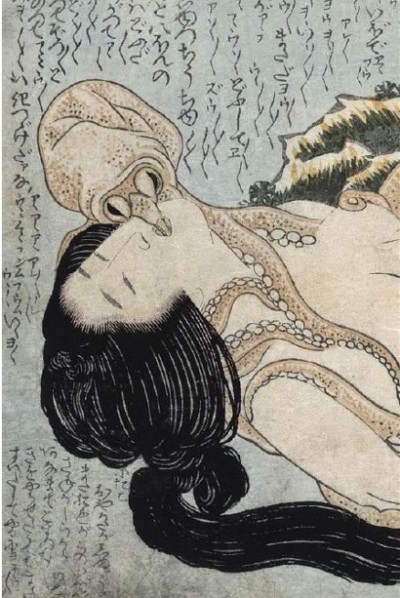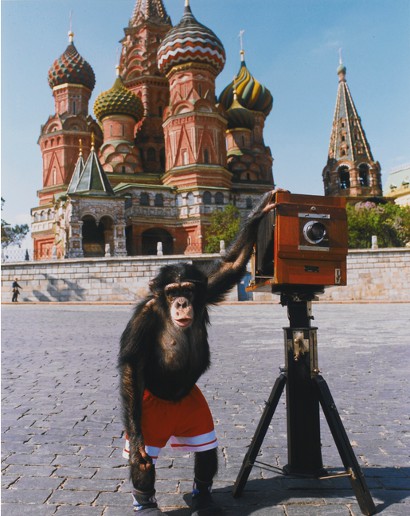Plenty of you out there write or read photography blogs, but have you ever thought about the remarkable technology you hold in your hands when snapping away?
For example, did you know that your 35mm SLR – yes, they are still used by a lot of us, despite the onset of the digital age – was actually designed by an optical engineer named Oskar Barnack?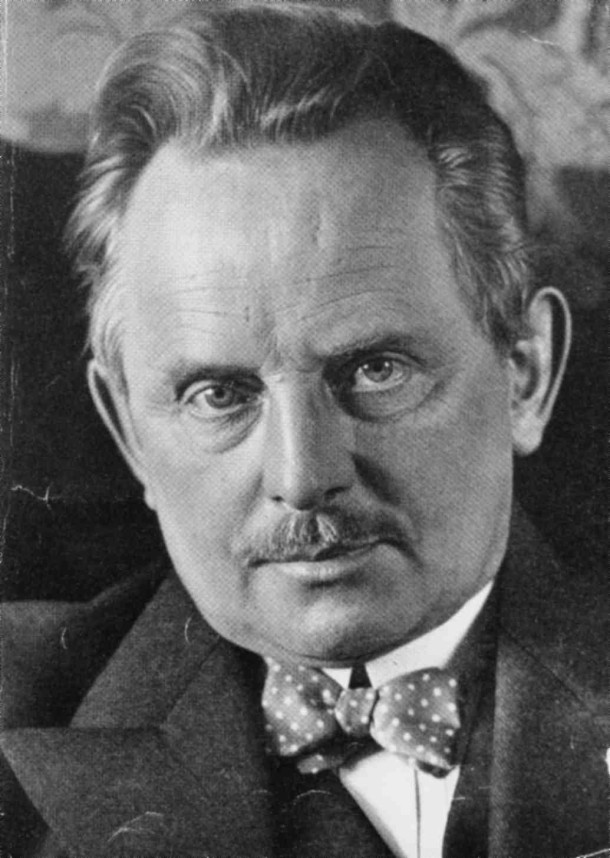
Barnack was placed in charge of microscope research for Ernst Leitz, an optical company in the heart of Germany.
Discovering a passion for landscape photography, he used his knowledge of lenses developed the first practical 35mm camera that used 35mm, allowing him to traverse the German countryside.
And so, photojournalism was born, with luminaries such as Henri Cartier-Bresson able to pick up a Leica and document the world around them without having to lug heavy equipment around and keep their subjects stock still.
It’s this connection to the history of photography, as well as their superior quality, that makes them so treasured by collectors.
As a professional or amateur, the dream is to own your own Leica and some collectors will pay astonishing sums to secure their model. Recently the market has exploded, with a Leica M3D used by the legendary LIFE magazine photographer David Douglas selling for $2m in 2012 – and what a beauty it is.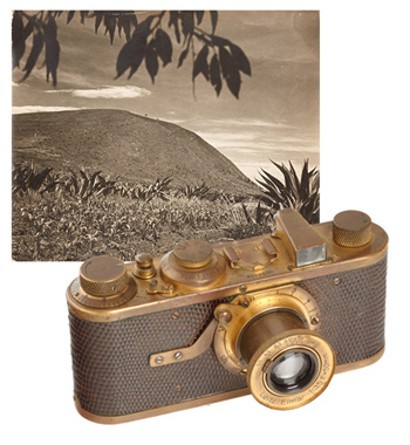
Why am I telling you this?
Well 2014 marks the 100th anniversary of Leica’s cameras, with the first prototype arriving in 1914. To celebrate, specialist auction house Westlicht Photographica Auction, based in Vienna, are holding an auction of 100 of the most sought after cameras.
We don’t know how they’ve managed to get 100 in the same place, with Leica’s now exceedingly rare. Also starring are 100 of the finest photographs taken with a Leica, in celebration of the unrivalled quality of their images.
However, the star lot is what’s making collectors salivate. The mystery item, half-concealed in the listing photo, is a special edition Leica but that’s all we know until the date before the May 23 auction, when all will be revealed.
Tantalisingly, the auction house writes, “Many of the Leica special editions, elaborately hand-crafted to commemorate special occasions, are rarities featuring special engravings and materials; they are of particular interest to collectors.
“At the same time, they are unique tools for the daily work of professional photographers and serious amateurs.”
See more photography news over at the Paul Fraser Collectibles website.

